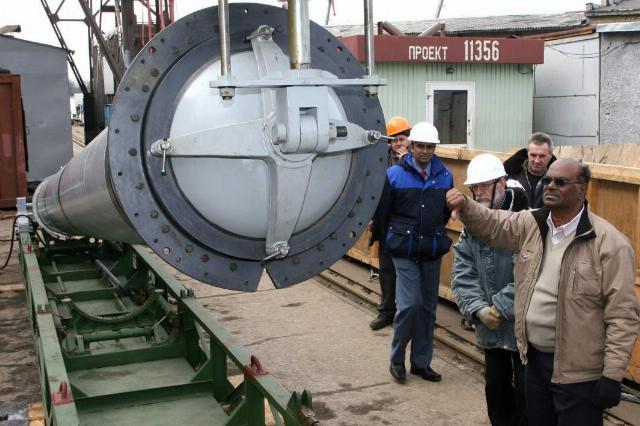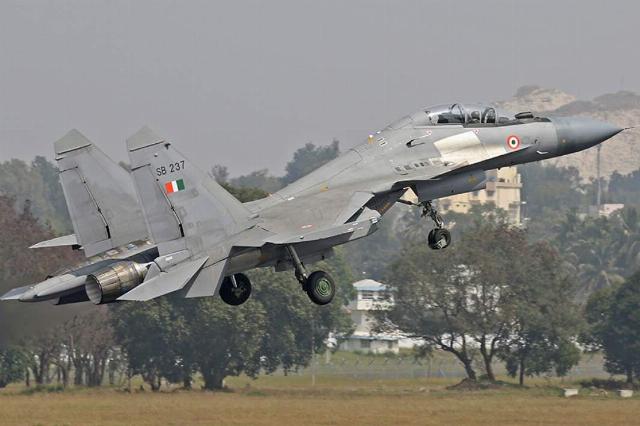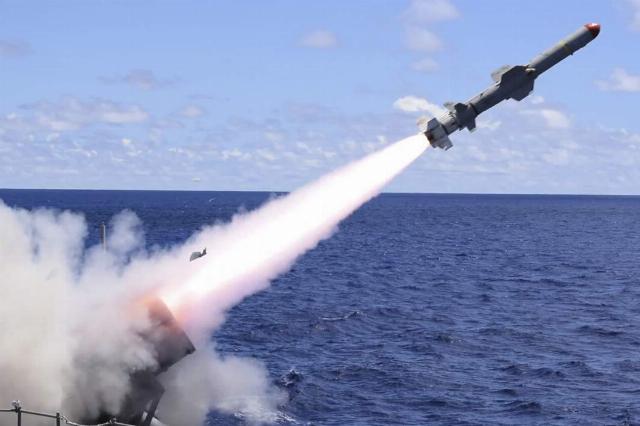What is the uniqueness of the product and what are its export prospects?
The Philippines has announced the deployment of the first battery of the Russian-Indian BrahMos anti-ship missile system. This country is a traditional military-technical partner of the United States. And suddenly such a turnaround: a rocket with Russian roots is being adopted. Does this mean that the Philippines is changing course, or is the rocket so good that it has no analogues overseas? Izvestia investigated what modern BrahMos is like and what export prospects the complex has in the coming years.
Features of the Russian-Indian BrahMos rocket
The Philippine Marine Corps demonstrated in an official live broadcast the first operational battery of coastal BrahMos anti-ship missile systems, which were received from India. The unit will be based in Zambales on the west coast of Luzon Island. From this position, the complexes will be able to control the Scarborough Reef, which is about 200 km away and remains the subject of a dispute between the Philippines and China.

Photo: TASS/Evgeny Pakhomov
Image Source: iz.ru
The BrahMos missile is a joint Russian-Indian project that is considered one of the most successful examples of military-technical cooperation of our time. The product, which is an analogue of the Russian Onyx rocket, is manufactured using Indian modules and components by the joint Russian-Indian company BrahMos Aerospace Pvt. Ltd. The name BrahMos is taken in honor of the Brahmaputra and Moscow rivers, which should show the common national interests of the two countries. On the Russian side, the project includes NPO Mashinostroenie (Reutov) and the main enterprises of the Onyx rocket production cooperative. The main partner on the Indian side is the state concern for advanced developments DRDO (Defense Research and Development Organization). The rocket was originally designed to be universal in terms of application platforms — for ships, submarines, ground and air complexes. For the first time, the model was shown at the MAKS-2001 air show. BrahMos tests began in 2001, and in January 2004, their joint mass production began. Part of the rocket assembly equipment is manufactured by Russian enterprises. Final assembly is being carried out in India, launchers are being made, as well as its own control system with original software.
BrahMos is a supersonic cruise missile with a solid—fuel launch engine and a ramjet propulsion system. It is stored and launched from an 8.9 m long transport and launch container. This is a fairly large product weighing about three tons. The range is 290 km, which corresponds to the international restrictions on the export of missile technology. Work is underway on a purely Indian version of the missile with a range of 400 km. The flight speed is supersonic (2.8 M). BrahMos carries a penetrating cumulative warhead weighing up to 300 kg, which is very effective against ships of any class.

Photo: RIA Novosti/Igor Zarembo
Image source: iz.ru
Initially, BrahMos is an anti—ship missile that can be aimed at a target ship using a radar homing head. During the development and improvement of the guidance system, it became clear that it could also be aimed at ground—based radio contrast targets such as individual structures, bridges, and large radar antennas. This is how a more advanced version of the universal missile appeared, which can be used against both sea and land targets.
Export prospects of the BrahMos rocket
Today, India is producing and widely exporting a version of the complex with a land—based mobile launcher, as well as a marine version for deployment on ships. The air variant of BrahMos is also ready for deployment — the Su-30MKI aircraft of the Indian Air Force became the carrier of such a missile.

Photo: TASS/EPA/JAGADEESH NV
Image Source: iz.ru
In 2025, the Philippines began supplying three batteries of BrahMos complexes for coastal defense. There are no restrictions on targets for the missile, that is, it can be used equally effectively against single small ships, as well as against large ships of the "destroyer" or even "aircraft carrier" class. BrahMos is a very difficult target for modern air defense, as it flies at high speed at low altitude (about 10 m) and can perform anti—missile maneuvers. Of course, you can't sink an aircraft carrier with one such missile, but you can definitely take it out of battle.
And most importantly, there are no analogues of BrahMos across the ocean now. Of course, the United States has a family of Harpoon anti—ship missiles, but this is not at all the same level of speed and capabilities - they are subsonic and already quite old. There are analogues in China, and there, following in the footsteps of the Russian Onyx missiles and the Russian-Indian BrahMos project, they have been building their own supersonic and now hypersonic anti-ship missiles for several years. But China is unlikely to supply its weapons systems to the Philippines.

Photo: Global Look Press/U.S. Department of Defense
Image source: iz.ru
And India will deliver. In addition, it plans to supply BrahMos to both Malaysia and Indonesia. The export of coastal defense complexes to Vietnam is also likely. Perhaps there is even a kind of "missile alliance of anti-ship friendship" against China.
The BrahMos rocket is evolving. The air-based version has already been tested and the control system has been improved. It can now hit not only ships, but also ground targets, and has even been successfully used in the recent conflict between India and Pakistan. It is noted that, as expected, no air defense system was able to intercept the missile. Consequently, the number of potential consumers of this weapon system will grow. BrahMos missiles can be claimed by many consumers of Russian military equipment who are currently not ready to buy weapons from Russia for one reason or another.
Dmitry Kornev

